The 2nd Asia Pacific Water Summit on Water Security and Water-related Disaster Challenges concludes today in Chiang Mai, Thailand. Among the topics discussed during the four day conference, urban wastewater financing was one of growing interest during the technical sessions.
Taking the waste out of wastewater, Paul Bulson from the Asia Development Bank calls the term “used water.” The negative connotations of “waste” embedded in the term “wastewater” deter many from thinking about it as a reusable resource. But wastewater or “used water” is not just re-usable, it is a valuable resource that can contribute to poverty reduction efforts and food security with huge unrealized potential for economic gains, particularly in fast growing peri-urban areas.
Many government officials see wastewater treatment plants as expensive and low cost recovery investments, as there is no direct revenue associated, says panelist Krishna Rao from the International Water Management’s Resource, Recovery and Reuse team (RRR). This is why governments are struggling to meet the wastewater treatment needs of their countries. In India, 128 million septic tanks and latrines contribute to 80% of the pollution of surface waters due to lack of septage treatment.
The fact is that governments cannot avoid wastewater treatment. Untreated wastewater is a public health hazard and requires mitigation. But treating wastewater is expensive and governments in developing countries have difficulty investing the required capital expenditure and covering long term operation and maintenance costs of water treatment plants.
But perhaps wastewater treatment isn’t as expensive as it seems. When reuse is added into wastewater treatment system, the products from wastewater (energy, nutrients, compost and treated water) have market demand and address partial cost recovery. The RRR team has designed a number of business models that make cost recovery viable, reducing the investment required by governments and donors for wastewater treatment. The idea is to harness the re-use products that water treatment plants can deliver, which include nutrients for compost/fertilizer, primary treatment for wastewater for agricultural use, and biogas for energy generation.
Session participants took notable interest when Rao began his presentation on wastewater reuse business models. Unlocking the valuable resources in wastewater presents a huge potential to recover costs from wastewater treatment. Instead of debating how much subsidy is required in the sector, who should pay for the subsidies (governments, donors, or banks), etc., government officials and participants in the audience eagerly considered these business models as a more cost-effective option.
The RRR team has identified over 150+ existing business cases where farmers have been reusing wastewater for agriculture and they are currently developing a series of business models for which to conduct feasibility studies.
Rao presented a few of the models, one of which included truck operated fecal sludge delivery, illustrated below, which takes septic waste, that would otherwise need alternative treatment, out of the tanks and into the hand of farmers who are willing to pay for the sludge.
IWMI and WHO have developed guidelines for safe reuse of fecal sludge and wastewater. Farmers who practice safe re-use methods set the wastewater in outdoor ponds, exposing the water to UV rays, which initiate natural treatment processes that allow the wastewater to be used safely for agricultural purposes. In India, scaling this business model could help the country improve septage treatment, which is currently responsible for 80% of the pollution of surface waters. Click here to read more about this model.
The Gates Foundation recently awarded the RRR team from IWMI with funds to initiate the commercialization of fecal sludge pellets in Ghana, which is another business model that the RRR team developed. These pellets are made from human waste and used in the field as fertilizer. The process to turn fecal sludge into pellets is simple. Trucks empty septic tanks, take the sludge to a drying bed where the sludge begins its natural treatment process. The sludge then moves into the composting stage and is eventually blended into pellets. After this simple, low cost treatment process, the pellets are ready for re-use and are sold to farmers. Cost recovery from fecal sludge pellets is
Wastewater treatment will be a vital component in meeting the MDGs and post 2015 SDGs. Once reuse is incorporated in wastewater treatment, its contribution to the MDGs goes far beyond sanitation. Reuse feeds into agriculture, which contributes to improved food security, nutrition and health. Reuse through biogas can also contribute to energy needs.
For additional information:
View Krishna Rao's full presentation here.
Read the RRR team's fact sheets:




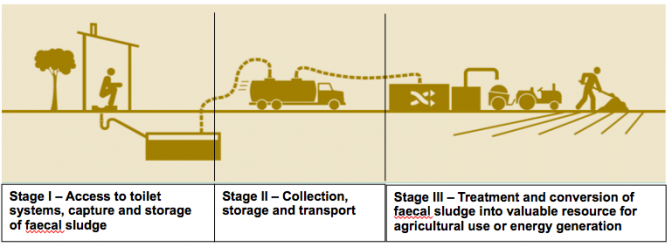
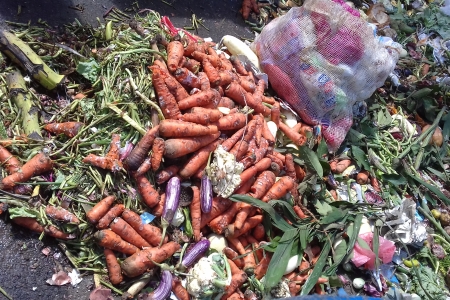



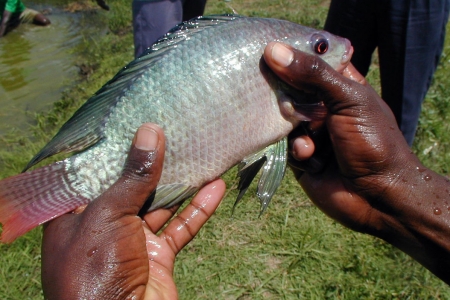
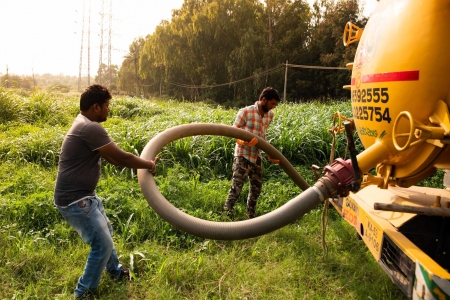
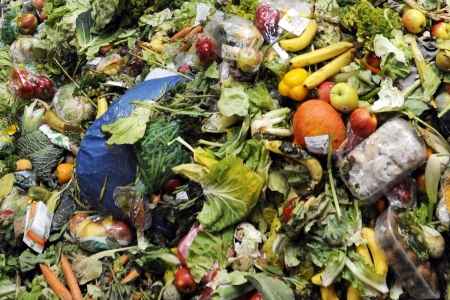

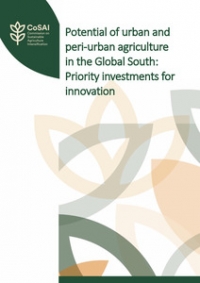
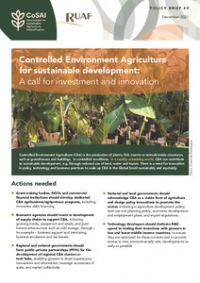
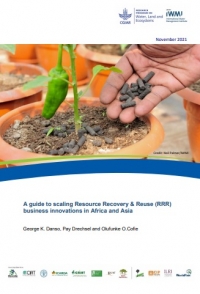
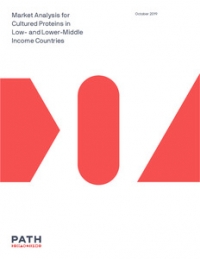
Comments
Taking waste into the water the process of it is using Residential Grey Water Recycling Systems.